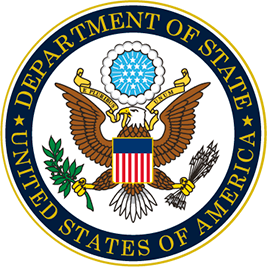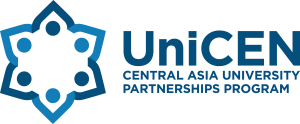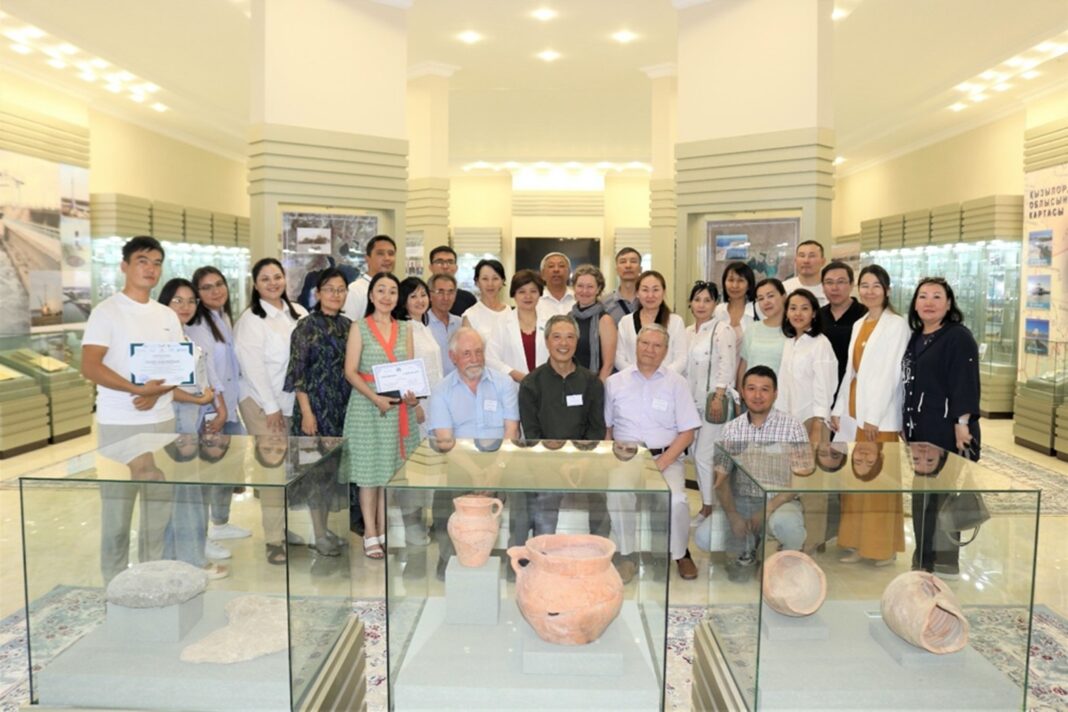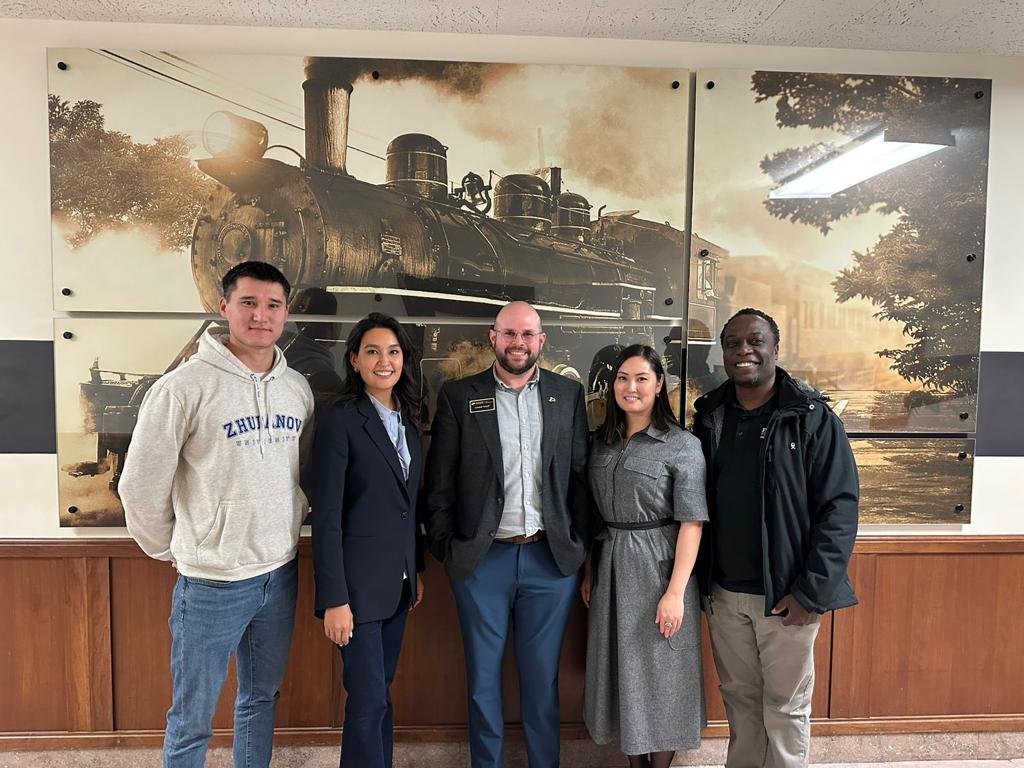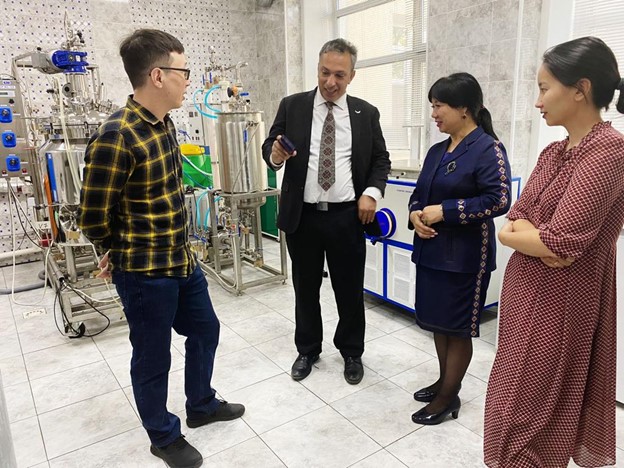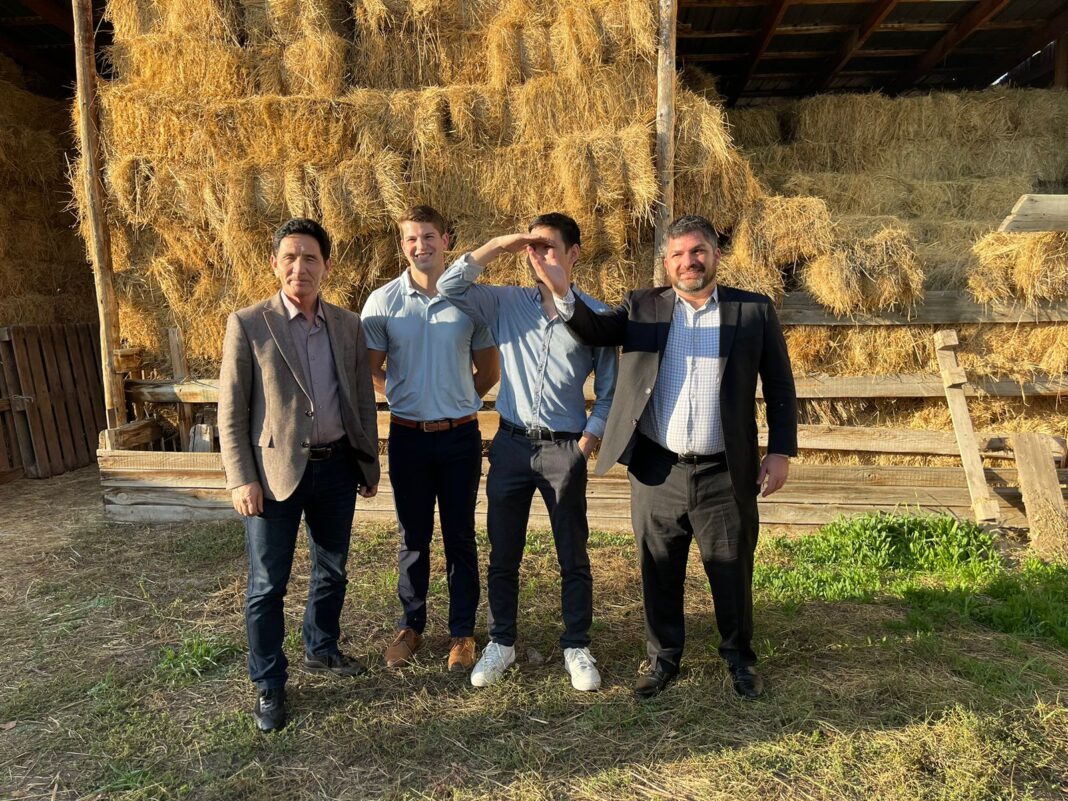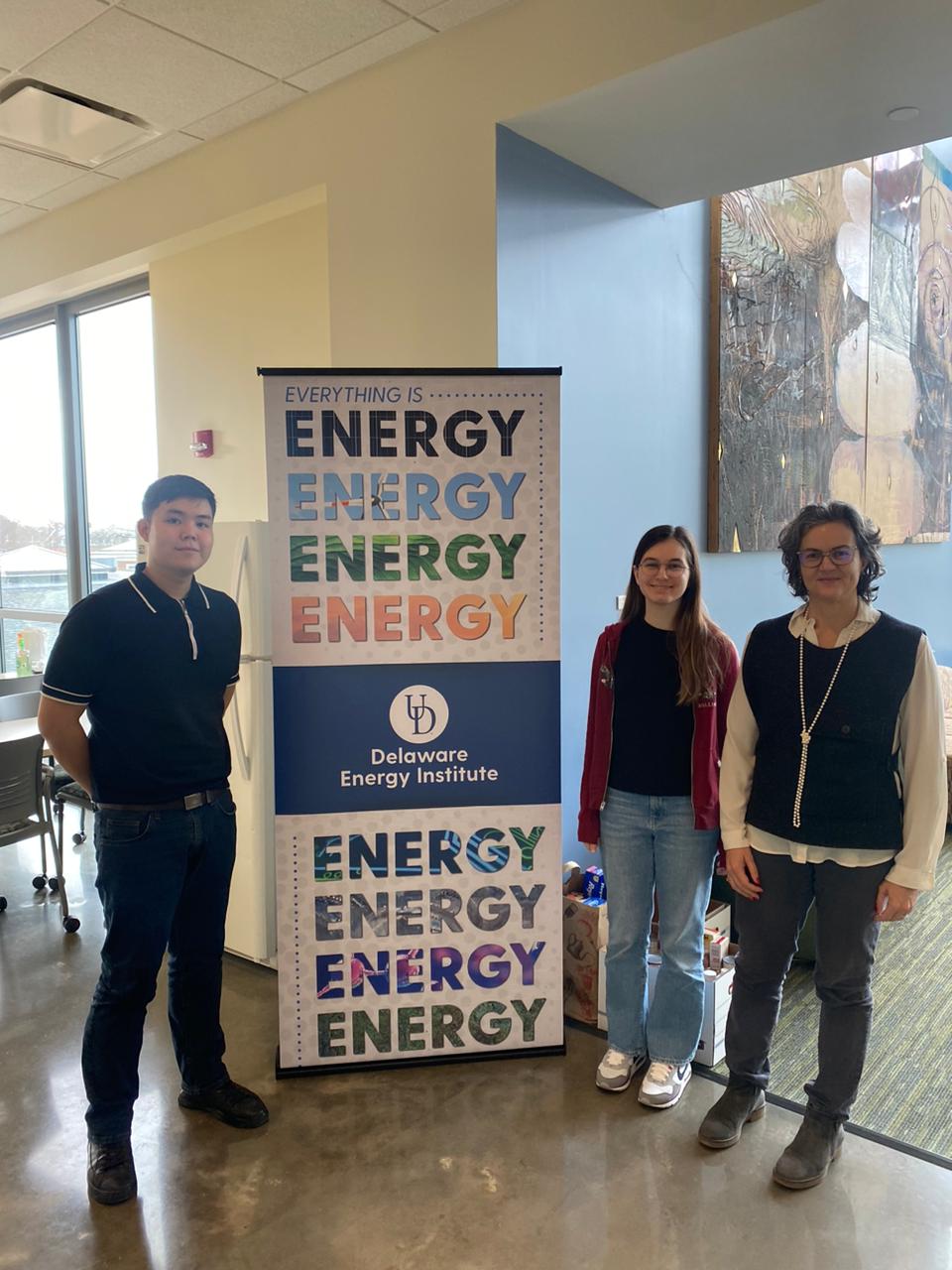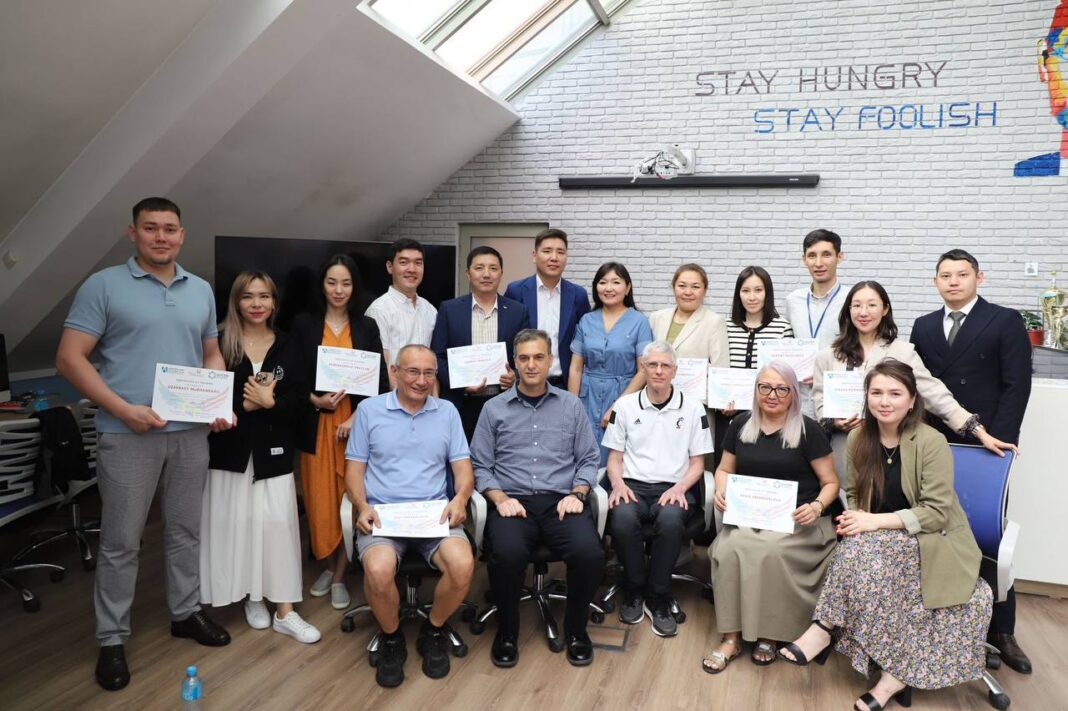“Further collaboration with the U.S. universities will help Kazakhstani regional universities to further integrate into the world of education and science” – Dr. Jiquan Chen, Michigan State University
The drying Aral Sea in western Kazakhstan is a potent symbol of environmental devastation. Once the fourth largest sea in the world, it has been drained by decades of cotton production and shrunk over 90% in area. The now-desert landscape is marked by ship graveyards and the twisted saxaul bushes that can still survive such an arid climate. The scene begs the question of how to respond to the environmental devastation from human agricultural practices.
In late June and early July of 2022, representatives from 13 different American and Kazakhstani universities braved the heat for a two week lecture series on environmental science. Their goal was to share environmental science curricula, to demonstrate hands on learning and to talk about the possibilities of climate science at Kazakh universities.
The project was funded by a grant awarded through the U.S-Kazakhstan University Partnerships Program, administered by American Councils and funded by the US Department of State through the US Embassy in Kazakhstan.
Five US institutions were represented with faculty experts coming from Michigan State University, University of South Dakota, George Washington University, Pace University, and University of Maine. Korkyt Ata Kyzylorda University hosted the event, bringing in faculty and students from six other regional universities.
MODELLING HANDS-ON LEARNING AND FIELD LECTURES
While many grant projects seed innovation by matching one institution with another, this project cast its net widely. “This was an ambitious project bringing people together,” said PI Dr. Jiquan Chen of Michigan State. “Instead of building one lab with one university from both sides, we emphasized diversity: diverse universities and diverse curriculum.” Participants ranged in age from just 20 to over 70 years old. They came from all over the United States and Kazakhstan.
The lecture series was full of environmental content for possible adoption by Kazakhstani universities. Faculty shared thirteen curricula of six hours each, on topics such as grazing ecology, remote sensing, UAS applications in the field, sustainable development in a disrupted global economy, and biophysical models and applications in ecosystems analysis. “They shared their knowledge with us. It’s very important for us,” said Dr. Maira Kaissanova of Kazakh National Agrarian University. “We have together done this research in the field.”
The lecture series was intended not only to communicate content, but as a pedagogical demonstration of active learning, communicating the principles of how a field class can be taught. Skill development workshops included Applications of R-Studio, Python, and other software; Operation and applications of drone technology; Ecosystem models; and a Field survey of the landscapes and plant community
“We really emphasized hands-on field lectures,” said Chen. “We do not believe that the lecturing/listening style is the best way.” Participants flew drones while learning how they can be used for environmental studies. And faculty worked to get results overnight so that participants could immediately see the results of the remote sensing field technology.
The team also established five working groups among the participants, with each group composed of people from different universities, background, and seniority. The objective was to aspire network development among the participants for future collaborations. The groups worked together as problem solvers in a solution-focused unit on “Environmental and Societal Challenges and Solutions for the Shrinking Aral Sea.” One team proposed using pipelines to bring melting glacier water to the area. “That was an amazing idea,” noted Chen.
The team faced challenges. One day the heat hit 47 degrees Celsius, over 120 Fahrenheit. Participants joked that they didn’t need a prepared meal but could simply bring eggs and cook in the heat. And limited English skills at regional universities necessitated a last-minute adjustment in adding a translator. But the team had fun too, enjoying local facilities and celebrating a national holiday together.
In all, the project brought together 72 participants: 48 faculty, five administrators and seven students from Kazakhstan and five administrators and seven faculty from the United States. Thirteen graduate and thirteen undergraduate courses were created or revised.
FROM FACE TO FACE TO ONGOING COLLABORATION
Meeting in person and forging relationships built a powerful base for the future. “Last year we did everything online,” Chen noted. “This year we had the chance to meet people and we can communicate through body language and expression. It’s critical to build that friendship and collegial network. As we all know, if you know people better, future collaboration will be better.”
The American team provided resources, including distributing 43 copies of “Biophysical Models and Applications in Ecosystem Analysis” for the rural universities and students. They brought eight units of PocketLab Weather/ Voyager and other field equipment, which they donated after the project.
The project has seeded ongoing collaboration through a WhatsApp group and publications. So far they have five papers published from the project, and participants are continuing discussions with the ongoing NASA project in Kazakhstan. Student participants also helped organize a planning meeting with three universities in Astana, with an eye toward the future.
“We would like to continue this research,” adds Kussainova. “All these participants are not only teachers and young researchers — they are also the future researchers from their own side.”
About the U.S.-Kazakhstan University Partnerships Grants Program:
The U.S.-Kazakhstan University Partnerships Program builds capacity for substantive international engagement between higher education institutions in the United States and Kazakhstan. It facilitates partnerships that modernize curricula and enhance teaching capacity in STEM fields, increase research capacity –particularly in the areas of renewable energy, environmental sciences and air quality — and enhance institutional capacity for internationalization.
About the University Partners:
Michigan State University is a public research university located in Lansing, Michigan. It is a major research center with over 50,000 students.
University of South Dakota is a public research university with approximately 10,000 students, located in Vermillion, South Dakota.
George Washington University is a private federally chartered research university in Washington DC with over 25,000 students.
Pace University is a private university with approximately 13,000 students. It has campuses in New York City and upstate.
University of Maine is a public research university with approximately 9,000 students.
Korkyt Ata Kyzylorda University is a leading center of education, science and culture in western Kazakhstan. It has over 8,000 students in five institutes and 25 departments.
Kazakh National Agrarian Research University is a top university that trains specialists for agriculture. It is located in Almaty and has over 8,000 students.

